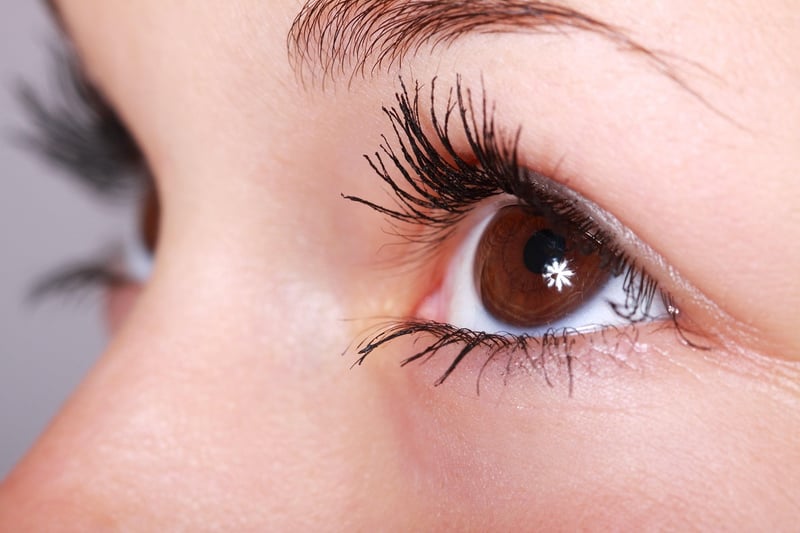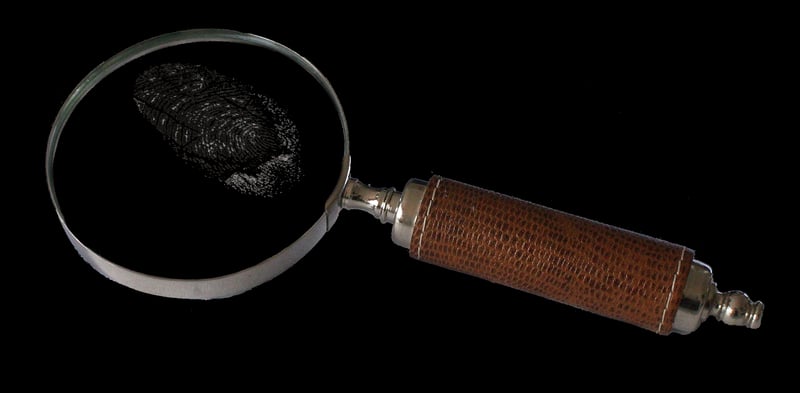Subtle Clues
The Art of Subtle Communication and Subtle Clues
Communication is a vital aspect of human interaction, but not all communication needs to be loud or direct. Subtle communication and clues play a significant role in conveying messages without explicitly stating them. Mastering the art of subtle communication can lead to better understanding, stronger relationships, and improved outcomes in various situations.
What is Subtle Communication?
Subtle communication involves the use of non-verbal cues, gestures, facial expressions, tone of voice, and body language to convey messages. It is often more nuanced and indirect than verbal communication but can be equally powerful in expressing thoughts, feelings, and intentions.
The Importance of Subtle Clues
Subtle clues are hints or signals that are not immediately obvious but can be interpreted by attentive individuals. These clues add depth to communication and provide insights that may not be explicitly stated. Paying attention to subtle cues can help in understanding underlying emotions, intentions, and hidden meanings in conversations.
How to Master Subtle Communication
- Pay Attention: Be observant of the other person's body language, tone of voice, and facial expressions.
- Practice Empathy: Put yourself in the other person's shoes to understand their perspective and emotions.
- Use Active Listening: Focus on what is being said and unsaid to grasp the complete message.
- Be Mindful of Your Own Cues: Be aware of your non-verbal signals and how they may be perceived by others.
- Seek Feedback: Ask for feedback to improve your ability to communicate subtly.
Benefits of Subtle Communication
Mastering subtle communication can have several benefits, including:
- Better understanding of others' emotions and intentions
- Improved conflict resolution and negotiation skills
- Enhanced relationships based on trust and empathy
- Increased effectiveness in influencing others positively
Examples of Subtle Communication
Subtle communication can manifest in various forms, such as:
- A knowing smile that conveys agreement or understanding
- A gentle touch that shows support or comfort
- An extended pause that indicates hesitation or contemplation
- Eye contact that signifies interest or sincerity
Mastering the art of subtle communication and being attuned to subtle clues can significantly enhance your interpersonal skills and communication effectiveness in both personal and professional settings.
Remember, sometimes the most powerful messages are the ones left unspoken.

